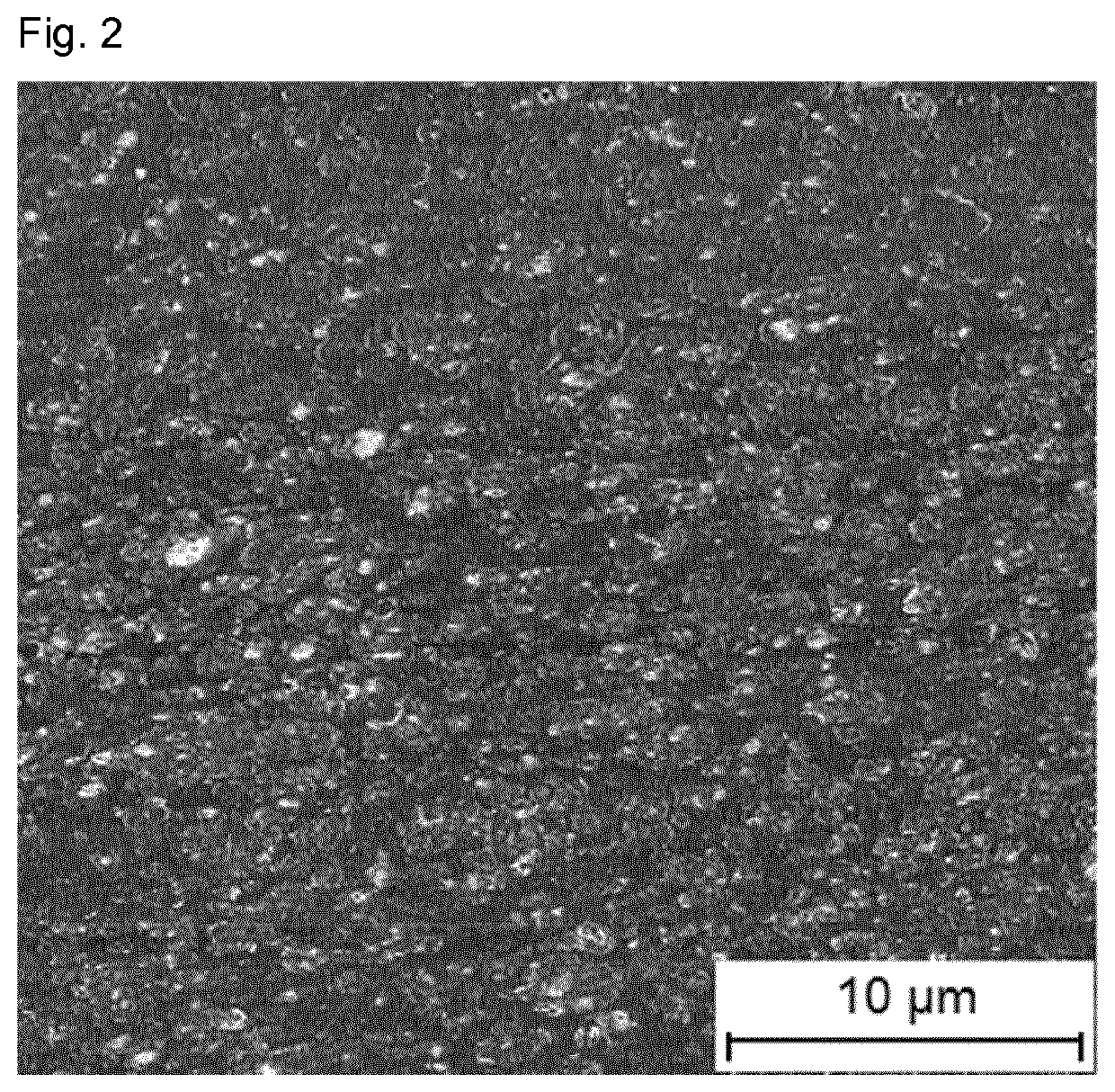Upgraded recycled polyethylene polypropylene blend
a technology of polypropylene and polyethylene, applied in the field of upgradable recycled blends, can solve the problems of limited mechanical properties, uneconomical recycling as such, and limited market for recycled blends at the momen
- Summary
- Abstract
- Description
- Claims
- Application Information
AI Technical Summary
Benefits of technology
Problems solved by technology
Method used
Image
Examples
Embodiment Construction
[0068]The polyethylene-polypropylene composition according to the present invention comprises from 80 to 97 wt.-% of blend (A). It is the essence of the present invention that blend (A) is obtained from a recycled waste stream. Blend (A) can be either recycled post-consumer waste- or industrial waste, such as for example from the automobile industry, or alternatively, a combination of both.
[0069]It is particularly preferred that blend (A) consists of recycled post-consumer waste and / or industrial waste.
[0070]Preferably, blend (A) is obtained from recycled waste by means of plastic recycling processes known in the art. Such recyclates are commercially available, e.g. from
[0071]Corepla (Italian Consortium for the collection, recovery, recycling of packaging plastic wastes), Resource Plastics Corp. (Brampton, ON), Kruschitz GmbH, Plastics and Recycling (AT), Vogt Plastik GmbH (DE), Mtm Plastics GmbH (DE) etc. None exhaustive examples of polyethylene rich recycled materials include: DIP...
PUM
| Property | Measurement | Unit |
|---|---|---|
| DSC melting point | aaaaa | aaaaa |
| density | aaaaa | aaaaa |
| DSC melting point | aaaaa | aaaaa |
Abstract
Description
Claims
Application Information
 Login to View More
Login to View More - R&D
- Intellectual Property
- Life Sciences
- Materials
- Tech Scout
- Unparalleled Data Quality
- Higher Quality Content
- 60% Fewer Hallucinations
Browse by: Latest US Patents, China's latest patents, Technical Efficacy Thesaurus, Application Domain, Technology Topic, Popular Technical Reports.
© 2025 PatSnap. All rights reserved.Legal|Privacy policy|Modern Slavery Act Transparency Statement|Sitemap|About US| Contact US: help@patsnap.com


